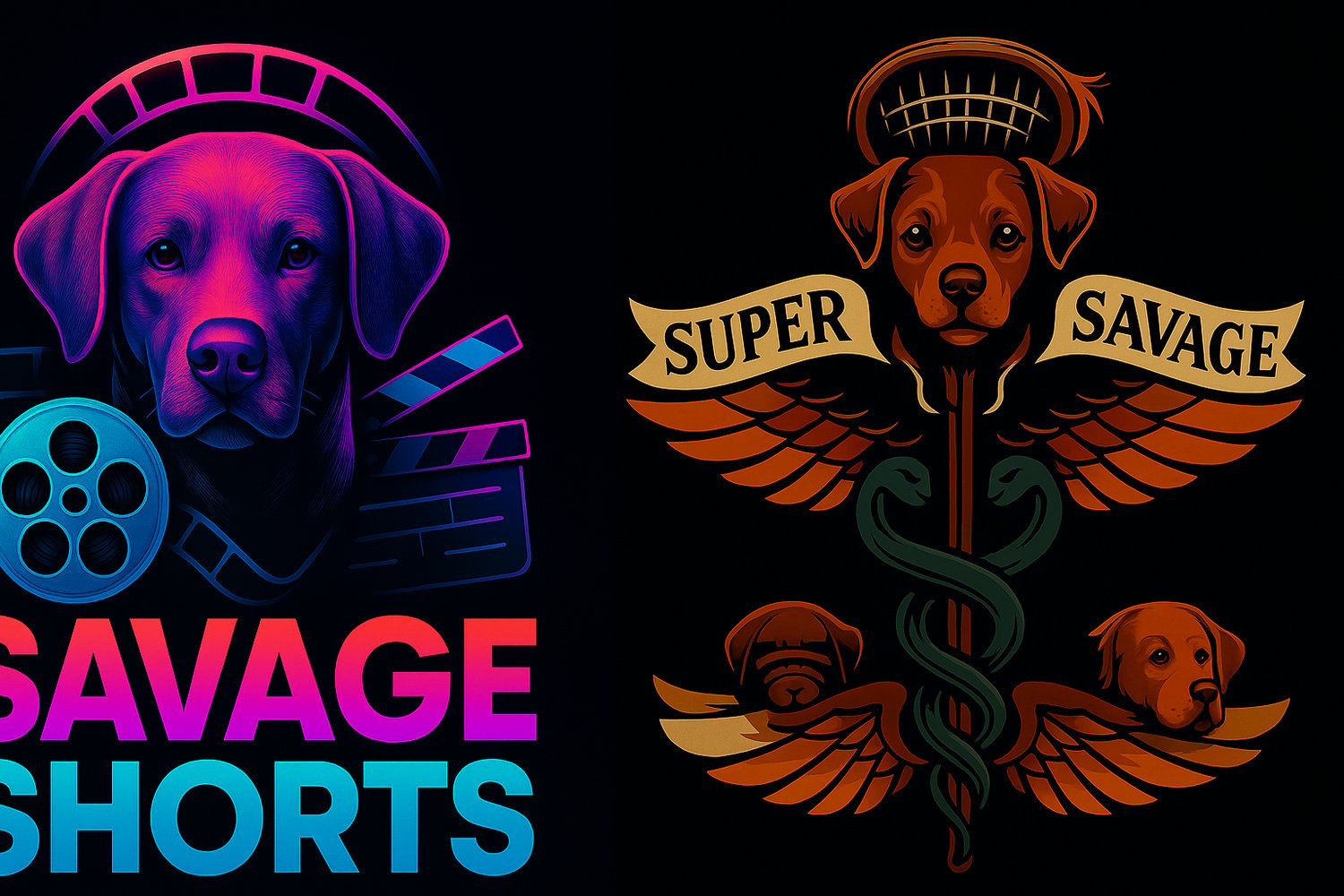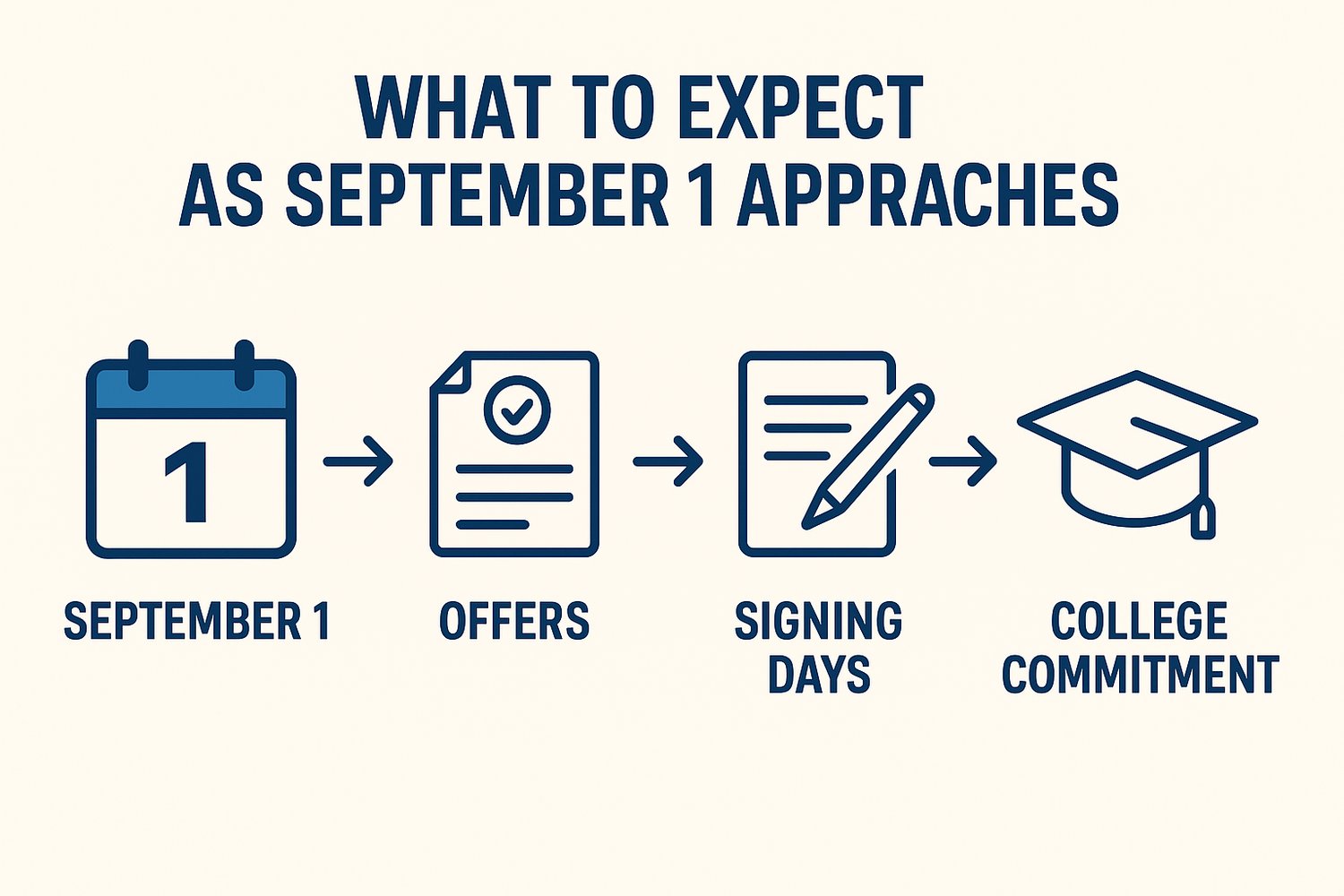Introduction
As a high school junior in the Class of 2026, September 1 marks a crucial turning point in the college recruitment timeline. For many sports, this date marks the beginning of the NCAA Division I coaches' direct communication with athletes, signaling a shift from passive evaluation to active outreach. Understanding recruitment rules, academic eligibility, and the difference between offers and signing days will give student-athletes a strategic edge.
1. NCAA Recruiting Contact Rules
According to NCAA guidelines, for most Division I sports, September 1 of junior year is when coaches can initiate meaningful contact—including emails, texts, calls, and sending recruiting materials (NCSA Sports, n.d.). This also applies to major sports such as baseball, softball, lacrosse, and basketball.
2. What to Expect Around September 1
- Surge in communication: Athletes may begin receiving direct contact from coaches, making it crucial to have updated highlight videos and profiles.
- Increase in evaluations: Coaches may attend games or review film more actively.
- If no outreach yet: Student-athletes should take initiative and email coaches to express interest.
3. Verbal Offers vs. Written Offers
- Verbal offers are non-binding agreements where a coach expresses intent to offer a scholarship. They can change at any time and are not official (NCAA, n.d.-a).
- Written offers become official once an athlete signs a National Letter of Intent (NLI) during the designated signing period.
- Signing days are set by the NCAA for each sport and mark the first date when a student-athlete can sign their NLI, committing to the school (Next College Student Athlete, n.d.-b).
4. Scholarships and Financial Aid
- Full scholarships are rare; many athletes receive partial scholarships depending on the sport and program.
- Families should also explore financial aid and academic scholarships as part of the overall package.
5. Academic Requirements and Standardized Testing
Athletics is only one piece of recruitment. To be eligible:
- Core coursework: The NCAA requires completion of 16 core academic courses in high school (NCAA, n.d.-b).
- Grades: Athletes must maintain a GPA that matches their sliding scale for SAT/ACT scores. For example, a higher GPA can offset a lower SAT/ACT score.
- Standardized tests: While some colleges are now test-optional, the NCAA still requires minimum SAT/ACT scores for initial eligibility.
- Ongoing academic performance: Grades through junior and senior year matter—not just for eligibility, but to show commitment and discipline.
6. Beyond September 1: What Comes Next
- Unofficial visits: Students can arrange campus visits (paid for by the family) to meet coaches and explore facilities.
- Official visits: These are funded by the college and generally open later in the recruitment timeline.
- Maintaining connections: Athletes should consistently update coaches on new game film, stats, and academic progress.
- Understanding evolving rules: Policy changes, such as the removal of official visit caps in basketball, show that flexibility is key.
Conclusion
For the Class of 2026, September 1 is more than a date—it’s the starting line for the most active stage of recruitment. Student-athletes can expect increased communication, potential verbal offers, and early evaluations. However, only signed written offers during the NCAA signing periods guarantee a spot. Academics remain just as important as athletics; coursework, GPA, and standardized test scores can significantly impact eligibility. By striking a balance between performance in the classroom and on the field, athletes can maximize their opportunities and make informed decisions about their future.
References
NCSA Sports. (n.d.-a). NCAA recruiting rules: When coaches can contact you. Next College Student Athlete. Retrieved from https://www.ncsasports.org/ncaa-eligibility-center/recruiting-rules
NCSA Sports. (n.d.-b). National signing day and letters of intent. Next College Student Athlete. Retrieved from https://blog.sportsrecruits.com/2023/08/31/september-1st-has-passed-now-what/
HonestGame. (2025, May 13). What does the NCAA recruiting calendar mean to me? Honest Game. Retrieved from https://honestgame.com/blog/recruiting-calendar/
AP News. (2024, August 1). NCAA removes cap on official recruiting visits in basketball to deal with unlimited transfers. AP News. Retrieved from https://apnews.com/article/2c1cb709e8a1d83b7eeb4c0299762325



Comments ()